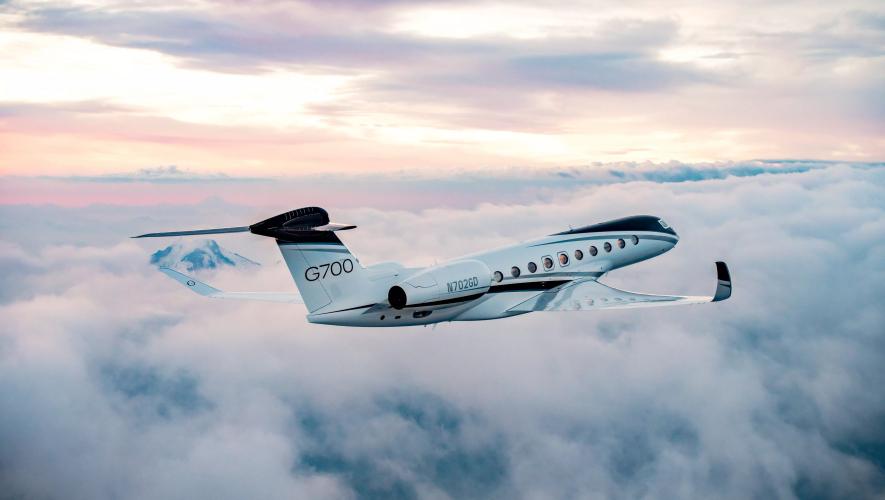F-16s in May 1990, having ordered eight Block 40 F-16Cs and four <
Bahrain: The Royal Bahraini Air Force acquired its first batch of
F-16s in May 1990, having ordered eight Block 40 F-16Cs and four
F-16Ds through foreign military sales (Peace Crown I) channels in 1987. They flew missions during Desert Storm in 1991.
In 1996 Bahrain received three AAQ-14 Sharpshooter targeting pods for its F-16s, together with GBU-10 and GBU-12 laser-guided bombs. Pleased with the aircraft, Bahrain wished to acquire more. It was variously offered former U.S. Navy F-16Ns, surplus USAF F-16As and embargoed Pakistani aircraft. However, the RBAF eventually opted for new-build aircraft.
In February 1998, the Peace Crown II deal was signed for 10 F-16C Block 40s, the first of which was delivered in 2000. Along with the new aircraft, Bahrain received AIM-120B AMRAAM missiles. The F-16s serve with the 1st and 2nd Fighter Squadrons at Shaikh Isa Air Base.
Jordan: In 1994, Jordan signed a peace treaty with Israel, paving the way for the supply of F-16s to re-equip the Royal Jordanian Air Force’s fighter squadrons. The Peace Falcon I contract, signed in July 1996, covered the lease of 12 F-16As and four F-16Bs drawn for surplus U.S. Air Force stocks. The aircraft, which were Block 15 air defense fighter variants, were taken out of storage and overhauled before delivery.
The first aircraft arrived in Jordan in December 1997, allowing the re-equipment of No. 2 Squadron at Al Azraq/As Shaheed Muwaffaq Salti Air Base.
In January 2003, Jordan received the first of another batch of ex-USAF aircraft (12 F-16As and five F-16Bs) delivered under the Peace Falcon II program. No. 6 Squadron was re-equipped with these aircraft, also at Al Azraq. They are to be upgraded to MLU standard, with AMRAAM capability.
Then in 2005, Jordan turned to the aircraft made surplus by Belgium and the Netherlands, all of which have undergone the mid-life update program. Three F-16Bs delivered in 2006 are to be followed by five more two-seaters and 17 single-seaters.
Oman: Under the Peace A’sama A’safiya (Clear Skies) foreign military sales program, the Royal Air Force of Oman signed a contract in May 2002 for the delivery of 12 Advanced Block 50 F-16s–eight single-seaters and four two-seaters, the latter being of the “big-spine” version. The first was accepted at Lockheed Martin’s Fort Worth, Texas headquarters in August 2005 and was delivered to Oman in October.
Oman’s F-16s are highly advanced, with APG-68(V)XM radar, General Electric F110-GE-129 engines, Sniper targeting pods and an armament package including AIM-120 C AMRAAM, AIM-9M Sidewinder, AGM-84D Harpoon, GBU-10/12 laser-guided bombs, GBU-31/38 JDAMs, CBU-97/105 sensor fuzed weapons and AGM-65D/G Mavericks. They are assigned to No. 18 Squadron at Thumrait, but will move to RAFO Al Musana’a near Seeb.
United Arab Emirates: Following an extensive evaluation for a new fighter, in 1996 the UAE Air Force narrowed its selection to the Dassault Rafale and an advanced F-16 version. On May 12, 1998, it chose the F-16 as the winner of an 80-aircraft purchase, split between 55 single-seat aircraft (later designated F-16E) and 25 two seaters (F-16F).
The Block 60 F-16 Desert Falcon for the UAE is the most advanced version available, equipped with uprated F110-GE-132 engines, APG-80 AESA radar, conformal fuel tanks and AAQ-32 IFTS nav/ targeting system. The weapons package includes AIM-120 AMRAAM, AIM-9M Sidewinder, AGM-84 Harpoon, AGM-88 HARM and AGM-65 Maverick.
The first Block 60 flew on Dec. 6, 2003, and the first arrived in the UAE in September 2004. Training is conducted in Tucson, Arizona: the first unit to fly it is No. 16 Squadron at Al Dhafra Air Base.







